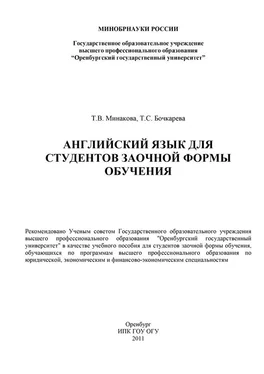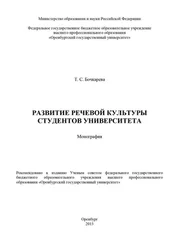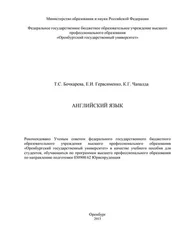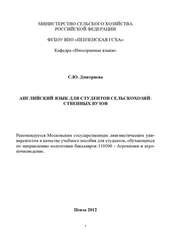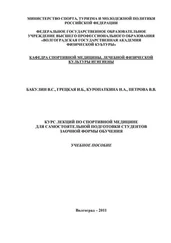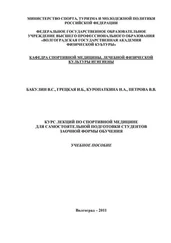6 The third P – Promotion– is concerned with telling the target market about the "right" product. Promotion includes personal selling, mass selling and sales promotion.
7 In addition to developing the right Product, Place and Promotion marketing managers must also decide the right Priceafter estimating expected customer reaction to possible prices. All four "P's" are needed in a marketing mix. In fact, they should all be tied together. They all are equally important.
Text C. Marketing Strategy Planning
Marketing strategy planningmeans finding attractive opportunities and developing profitable marketing strategies.
A marketing strategy specifies a target market and a related marketing mix. It is a "big picture" of what a firm will do in some market. Two interrelated parts are needed:
1 A target market– a fairly homogeneous (similar) group of customers to whom a company wishes to appeal.
2 A marketing mix– the controllable variables the company puts together to satisfy this target group.
The importance of target customers in this process can be seen in Exhibit 2 where the customer – the "c" – is at the center of the diagram. The customer is surrounded by the controllable variables that we call the "marketing mix". A typical marketing mix includes some product, offered at a price, with some promotion to tell potential customers about the product, and a way to reach the customer's place.
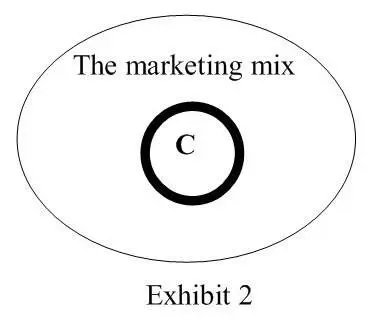
Note that a marketing strategy specifies some particulartarget customers. This approach is called "target marketing" to distinguish it from "mass marketing". Target marketingsays that a marketing mix is tailored to fit some specific target customers. In contrast, mass marketingmeans trying to sell to "everyone".
2.2.3.3 Задание 3. Ответьте на вопросы по текстам А, В, С
1 What is marketing?
2 Does marketing play a big part in economic growth and development?
3 What operations does marketing include?
4 Are marketing operations expensive?
5 The marketing concept is a very important idea, isn’t it?
6 Which basic ideas are included in the definition of the marketing concept?
7 There are many ways to satisfy the needs of target customers, aren’t there?
8 What are the four basic variables in the marketing mix? 9 What is marketing strategy planning?
10 What two aspects are important for specifying a market strategy?
11 What control lable variables are necessary in the process of marketing strategy planning?
12 What is the difference between target marketing and mass marketing approaches?
2.2.4 Тексты для студентов специальностей «Экономика и управление на предприятии», «Менеджмент организации», «Государственное и муниципальное управление», «Управление персоналом»
2.2.4.1 Задание 1. Прочитайте и запомните следующие слова и словосочетания:
owner – собственник, владелец;
operator – владелец предприятия;
franchise – франшиза;
distribute goods – распространять (распределять) товары;
sell smth at retail – продавать в розницу;
management consulting – консалтинг по менеджменту;
preserve competition – сохранить конкуренцию;
prevent monopolistic control – предотвратить монополистический контроль;
benefits of competition – преимущества конкуренции;
incentive – стимул, побудительный мотив;
procurement assistance – материально-техническая помощь;
gross national product – валовой национальный продукт;
create new jobs – создавать новые рабочие места;
supply – снабжать, поставлять;
ownership – собственность;
retailing – розничная торговля;
wholesaling – оптовая торговля;
manufacturing – производство;
total assets – общая стоимость имущества, сумма баланса;
net worth – стоимость имущества за вычетом обязательств, собственный капитал (предприятия);
gross profits – валовая прибыль;
net profits – чистая прибыль;
payroll – платежная ведомость;
net receipts – чистая выручка, чистые доходы, чисты денежные поступления;
total sales – общий объем продаж, товарооборот;
return – возмещение, возврат; pl. возвращенный товар; возвращенные чеки, векселя;
allowances – начисления (например сумма накладных расходов;
keep records – вести учет;
tax – налог;
bank loan – банковская ссуда;
partnership – партнерство;
business premises – 1) торговое помещение; 2) помещение фирмы;
labour force – рабочая сила;
business failure – коммерческий крах;
profit – прибыль;
assets – активы, фонды, средства liabilities – пассивы;
денежные обязательства, долги;
earnings – 1) заработок pl. ; 2) доход, прибыль, поступление;
advertising agency – рекламное агентство;
warehouse – склад;
оптовый магазин;
tangible – материальный;
intangible – нематериальный;
notes receivable – амер. векселя к получению;
cash – наличность;
equipment – оборудование;
real estate – недвижимость;
retail business – розничная торговля;
surplus – 1) излишек, избыток; 2) нераспределенная прибыль;
total receipts – общая сумма поступления;
bookkeeping – бухгалтерский учет;
merchandise – товары;
money borrowed – деньги, взятые взаймы;
in bulk orders – заказ в большом количестве;
financial investment – финансовые инвестиции.
2.2.4.2 Задание 2. Прочитайте текст переведите его письменно
Today small businesses are the heart of the market economy. There are a great number and variety of small businesses. People become owners and operators of small business firms in one of three ways: start a new firm, buy a franchise, buy or inherit an existing firm.
Small firms have been established to do just about any kind of business imaginable. They have been established to manufacture and distribute goods, to sell them at retail, and, of course, to provide all kinds of needed services. Some serve only the local community, while others function in national and international markets.
Читать дальше
